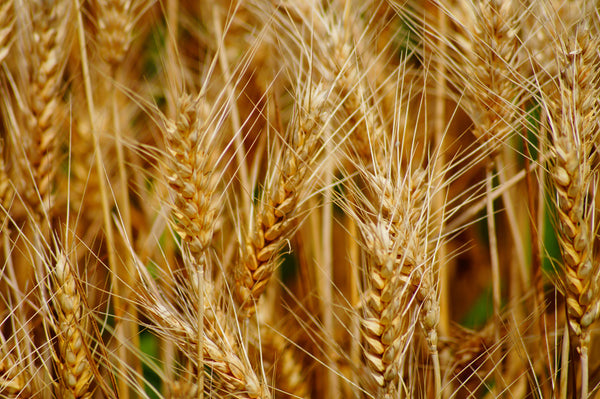Gragnano, Where The World's Best Dried Pasta Is Made

The unassuming hilltop town of Gragnano in the Italian region of Campania is famous for being the birthplace of dried pasta and, to this day, has a reputation for being where the finest pasta in the world is made.
Known as the City of Pasta, the quaint Italian town of Gragnano is located in a valley between the Lattari Mountains and the Amalfi Coast. It is a true culinary gem where pasta isn't just food but an art form.
Locally called "the gold of Gragnano," the town is widely believed to be the birthplace of dried pasta and has a cult following with numerous Italian chefs, including the three Michelin-starred Massimo Bottura. In 2013, local businesses satisfied the EU that their pasta was so good it warranted a 'protected geographical indication' (PGI) status to protect it from inferior copycats.

Like how Ligurian basil was awarded a 'protected designation of origin' status (PDO), Gragnano's PGI status means the pasta produced here must adhere to strict criteria. Not only must it be made using the finest quality wheat and local water, but it should also be made using bronze dies, slow drying times, and within strict geographical boundaries to guarantee the perfect microclimate.
The finest wheat
Great pasta starts with great ingredients, and the local durum wheat semolina, which is high in protein and gluten, is considered some of the finest in the world. Much of it comes from nearby Puglia, ensuring freshness and quality. Here, farmers are required to let their soil rest between harvests, lowering the yield and making it more expensive but producing a far superior product.

Provenance plays a massive part in Italian cuisine, and pasta is no exception. In Gragnano, companies like Pastificio Dei Campi have developed a tracking system that lets them know precisely where each grain of wheat has come from. Their packaging even features photos of the very farmers who grow the grains.
Bronze die extrusion
Traditional pasta-making methods involve extruding the dough through bronze dies, which is required for Gragnano pasta's PDI status. Bronze is a relatively soft, slightly porous metal that creates friction between the dough and the die. This imparts a rough texture, which helps sauces stick to it and gives it the ability to soak up more sauce to enhance the overall flavour of each mouthful. Enthusiastic foodies love the distinctive, artisanal touch it gives the pasta.

Slow drying process
Gragnano pasta undergoes a slow drying process, hanging on bamboo drying frames in the open air. This can take up to 50 hours from start to finish, a level of patience critical for producing pasta with the perfect texture. It also gives the pasta a rich, nutty flavour and helps to retain nutrients that fast-drying destroys.
Geography and climate
Cool breezes from the sea and nearby mountains, combined with mild temperatures and high humidity, make Gragnano the perfect environment for a slow and natural drying process.

The water
Gragnano pasta is made using pure water from Monti Lattari, which is low in minerals, specifically calcium. This allows the semolina to retain its elasticity and offer the Holy Grail of pasta cooking, the all-important al dente bite.
Pasta tradition
The Italians are incredibly proud of their culinary traditions, and the fact that Gragnano has been crafting pasta for centuries has resulted in generations of skilled local pasta makers and refined techniques. The town is a beacon of authenticity and craftsmanship, with expertise and knowledge passed down through generations. This all contributes to the consistency and quality of the world-class pasta produced in the region.
